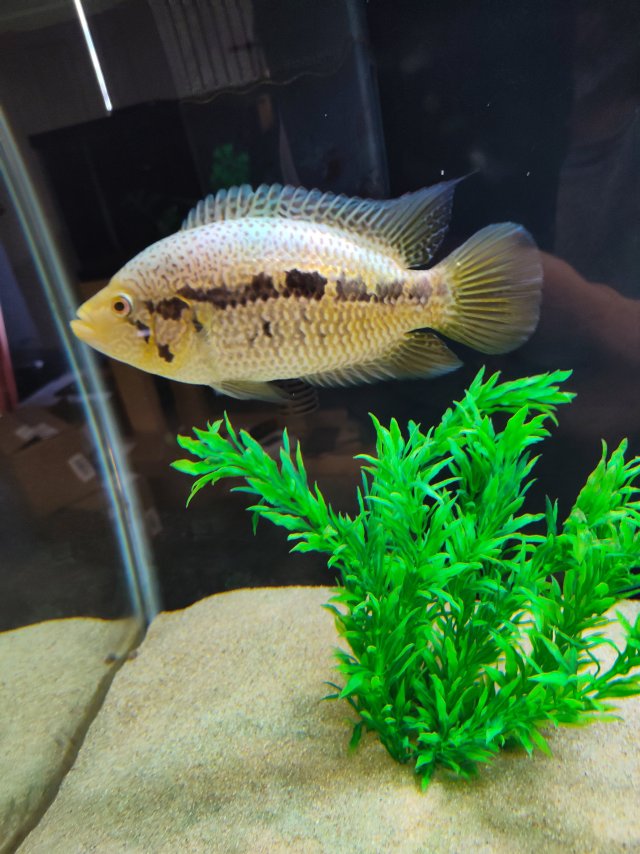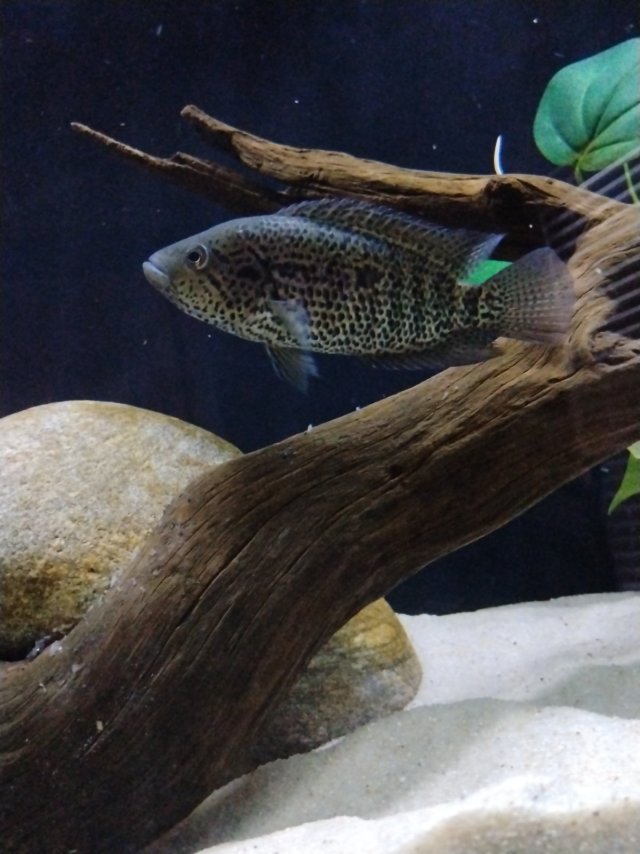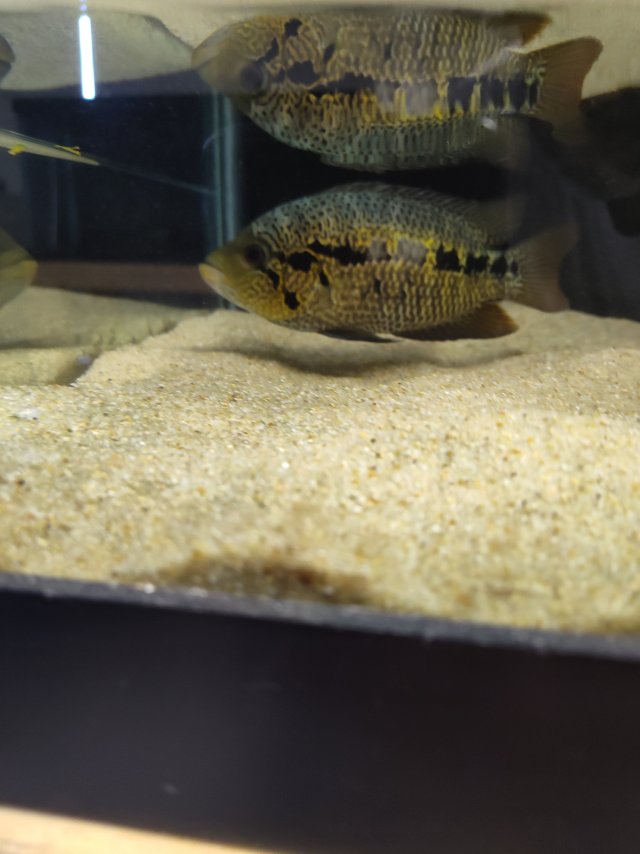Good afternoon/morning/time youre reading this, I am posting because I’ve recently come into possession of what I was told is an adult male P. la ceiba. I was given essentially no information on my specific fish, but it sent me down a rabbit hole of research for this specific variant and honestly there hasn’t been a lot of talk of these guys in the past 10 years. From what I’ve read, they were initially bred after being caught around 2008, but since, I have seen little info on them. Any experienced keepers have any info they can shine on these guys? Size, husbandry, overall demeanor? I would love to know how many of these are left in the hobby.
Looking for Info on Parachromis La Ceiba
- Thread starter RhysAndFish
- Start date
You are using an out of date browser. It may not display this or other websites correctly.
You should upgrade or use an alternative browser.
You should upgrade or use an alternative browser.
Ken Davis (member here of MFK) is thought to be one of the 1st to collect La Ceiba in an islotated area of Honduras.
Some thought it was a natural hybrid between P freidrichstali iand the P managuense that were introduced there.
Some think it is simply a color morpth of the freddy.
Here in Panama color morphs are quite common in in cichlids from different rivers.
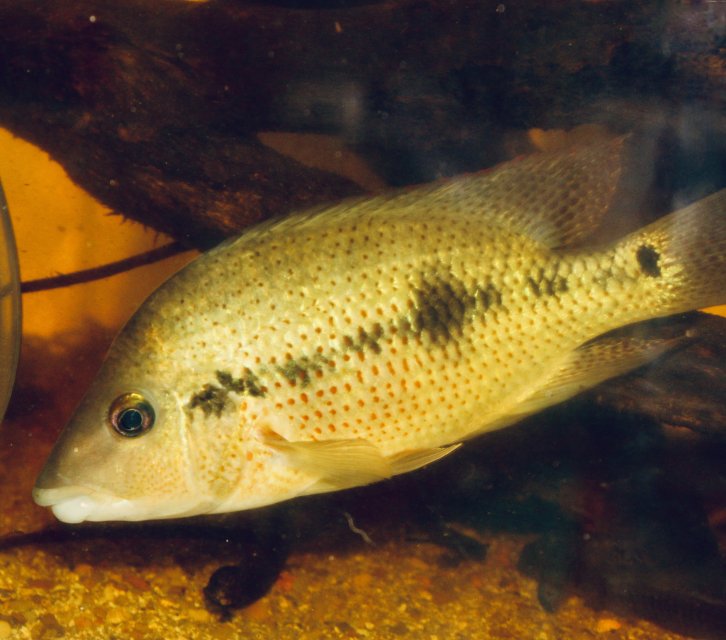
Above is a color varant of Daienheros calobrenss from the Mamoni rivee, this river has large, iquite open areas with little overhanging vegetation.
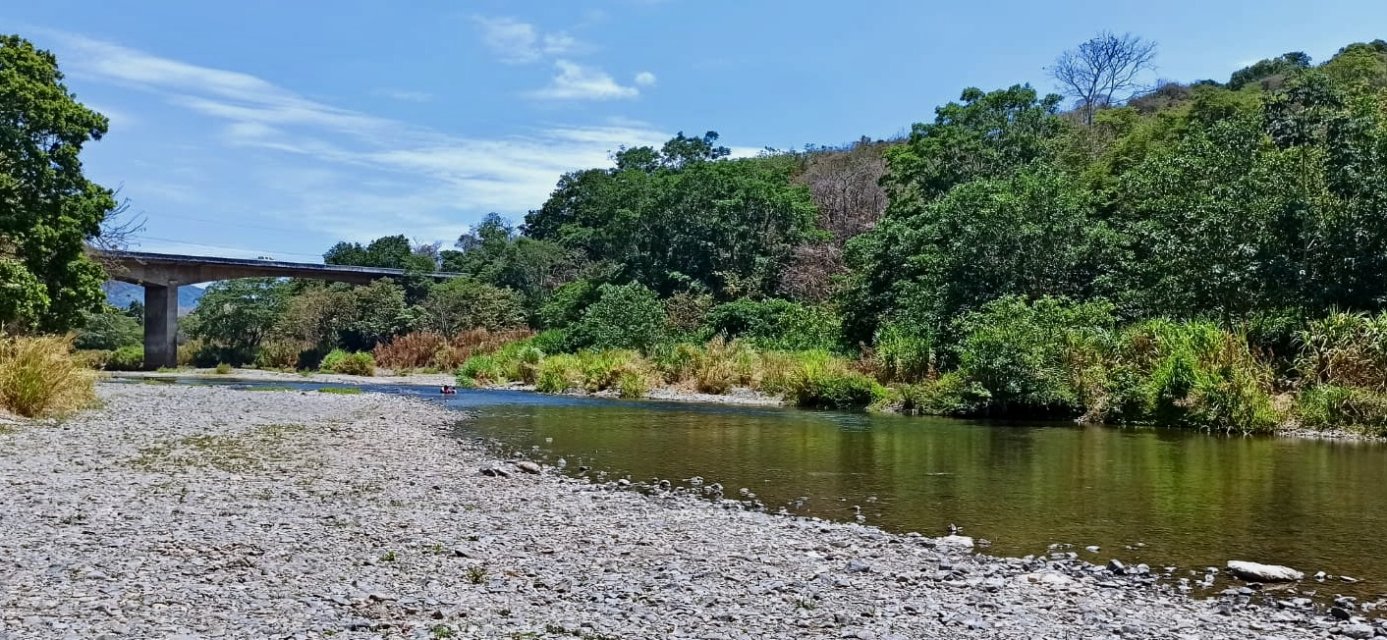
Below is a variant from the Rio Uni, not very far away.
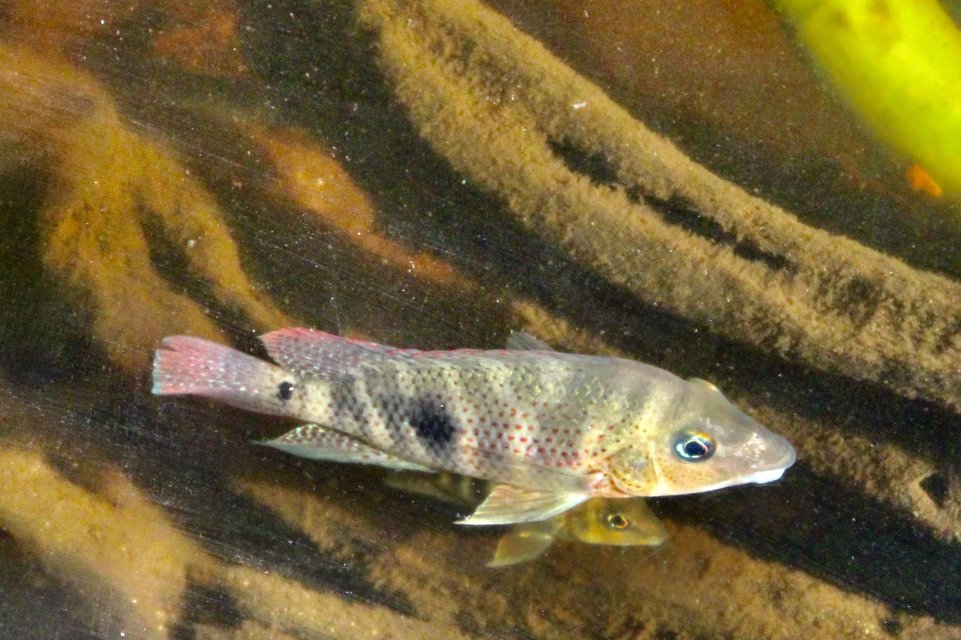
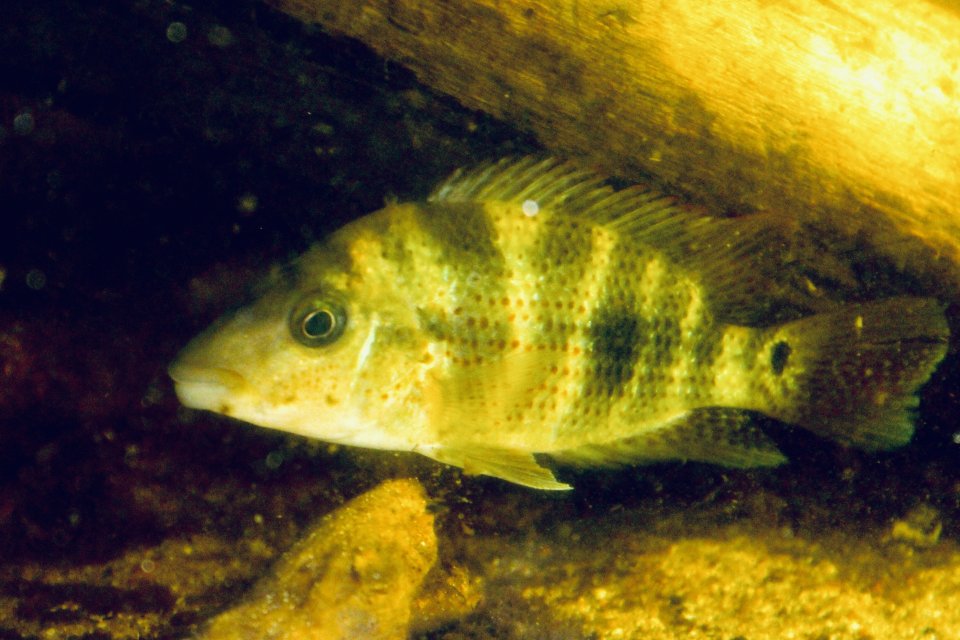
The difference being the Rio Uni, has lots of vegetative cover, is very shaded, and smaller.
Although they are the same species, natural selection has allowed the darker variant to proliferate in the darker water.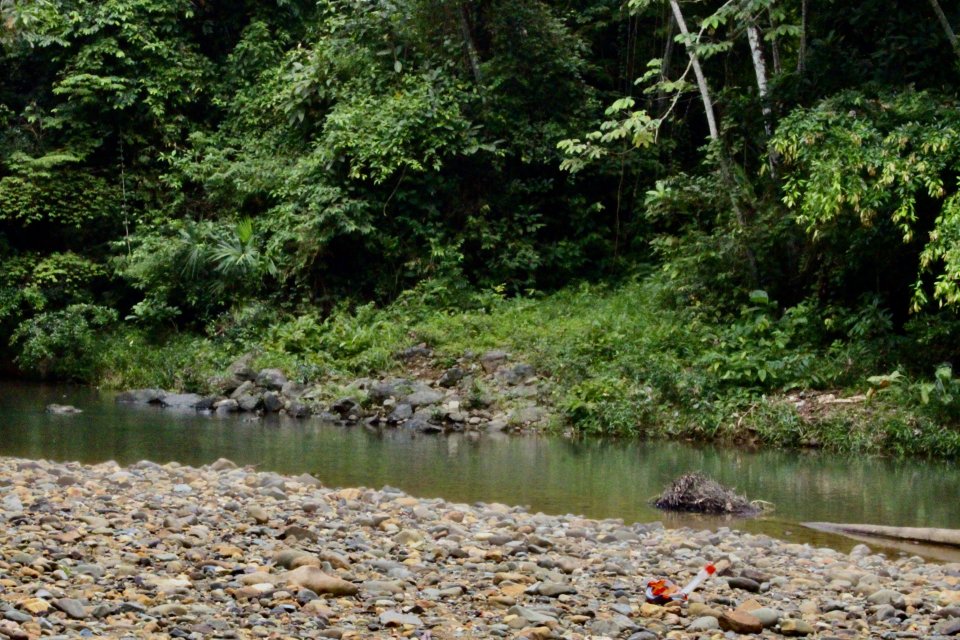
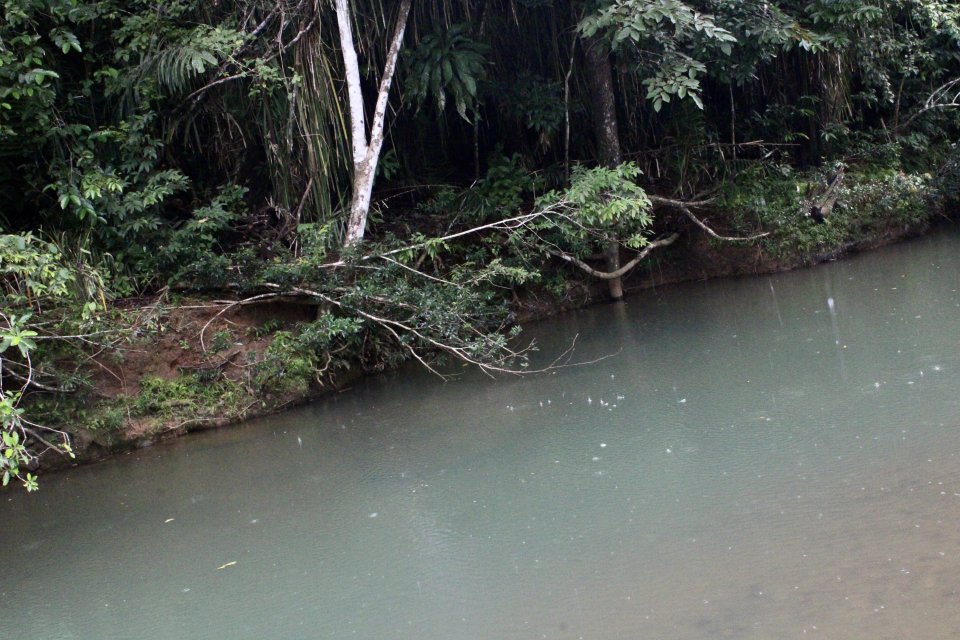
Some thought it was a natural hybrid between P freidrichstali iand the P managuense that were introduced there.
Some think it is simply a color morpth of the freddy.
Here in Panama color morphs are quite common in in cichlids from different rivers.

Above is a color varant of Daienheros calobrenss from the Mamoni rivee, this river has large, iquite open areas with little overhanging vegetation.

Below is a variant from the Rio Uni, not very far away.


The difference being the Rio Uni, has lots of vegetative cover, is very shaded, and smaller.
Although they are the same species, natural selection has allowed the darker variant to proliferate in the darker water.


Oh the la ceiba fish…ive thought it could be a hybrid between the 2, which i’m still going with..i’ve collected there never found them supposedly they were found in a spot that dried up or something? That area was collected by a bunch of people and haven’t been found again?
Males have spotting on face on la cieba variants and females will have solid coloring on gill plate.
Thank you for taking the time to send this reply! Your photos of the natural environments are really interesting. Do you take photos underwater as well?Ken Davis (member here of MFK) is thought to be one of the 1st to collect La Ceiba in an islotated area of Honduras.
Some thought it was a natural hybrid between P freidrichstali iand the P managuense that were introduced there.
Some think it is simply a color morpth of the freddy.
Here in Panama color morphs are quite common in in cichlids from different rivers.
View attachment 1567455
Above is a color varant of Daienheros calobrenss from the Mamoni rivee, this river has large, iquite open areas with little overhanging vegetation.
View attachment 1567457
Below is a variant from the Rio Uni, not very far away.
View attachment 1567458View attachment 1567459
The difference being the Rio Uni, has lots of vegetative cover, is very shaded, and smaller.
Although they are the same species, natural selection has allowed the darker variant to proliferate in the darker water.View attachment 1567460
View attachment 1567461
Spot darkening differ depending on mood. Different color and pattern when stressed during water change and spots more noticeable
Is this yours? Beautiful fish!



